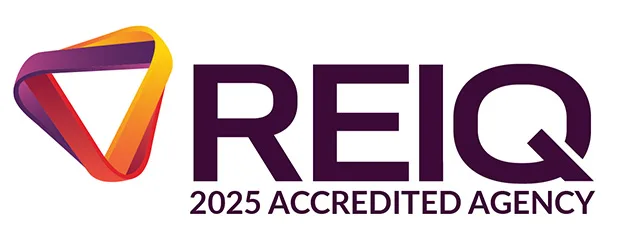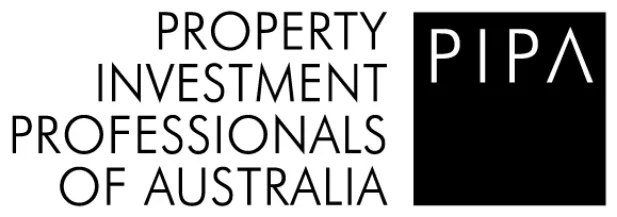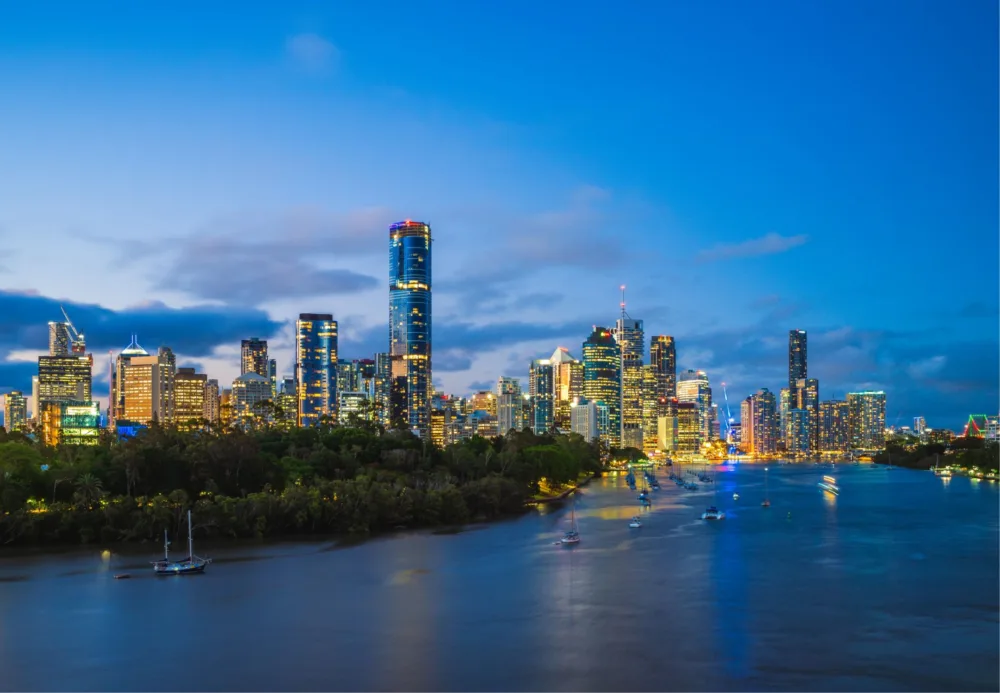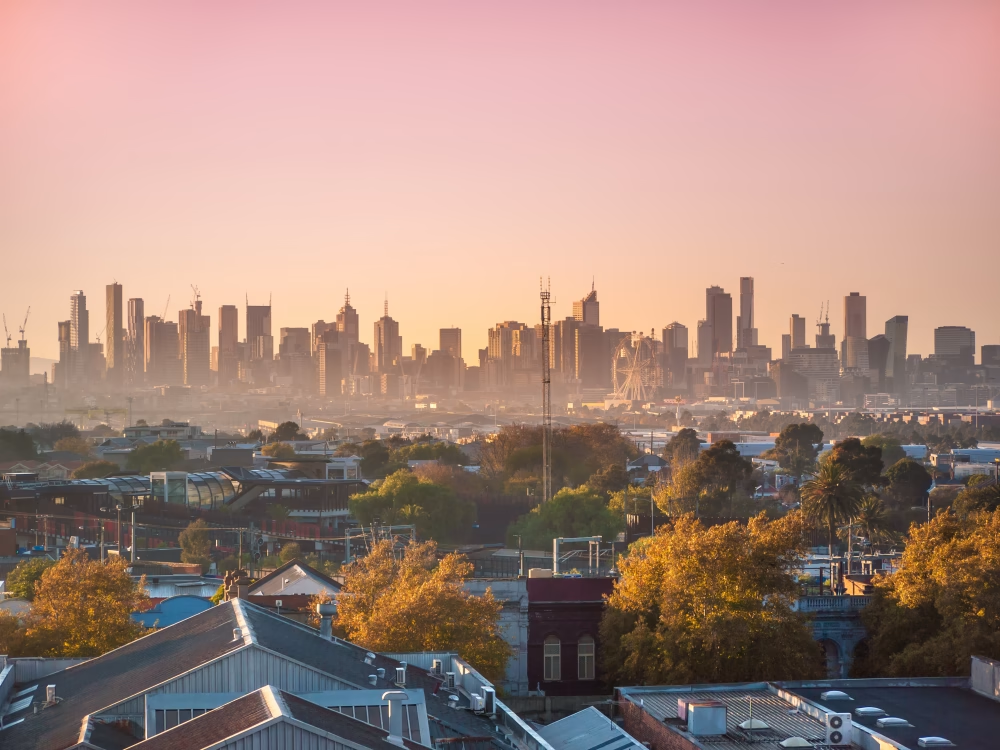August 27, 2018
IT’S UNDENIABLE that for property buyers, South East Queensland is currently offering up a lot of opportunities.
At the Edge Property Buyers, we’ve been advocating the investment potential of the region for some time. While we’ve been buying in regional areas outside Brisbane including Ipswich, Moreton Bay and the Sunshine Coast, our focus is increasingly turning to Queensland’s capital.
Why invest in Brisbane? There is a plethora of reasons why the city is set to see strong growth in the medium to long-term.
The case for Brisbane
One of the major drawcards for buying in Brisbane is affordability, and the ‘bang for buck’ proposition has been drawing in both owner-occupiers and investors from interstate.
The median dwelling value is sitting at $495,242, compared to $870,554 in Sydney and $716,774 in Melbourne. The median house price is $537,647, around half of Sydney’s $1,012,368 and 35% less than Melbourne’s $821,463. The median unit price is $386,685, compared to Sydney’s $752,625 and Melbourne’s $574,304.
But being relatively cheap is far from the only thing going in Brisbane’s favour.
People are also being drawn in by its growth prospects due to some of the following factors:
-
-
Significant improvements to infrastructure. There are hundreds of billions in projects in the pipeline that will revitalise Brisbane, make it more liveable and put it on the map as a New World City. These include:
-
Transport projects such as the Cross River Rail, Brisbane Metro, the Gateway Upgrade North and the Brisbane Airport Second Runway
-
Entertainment projects such as Brisbane Live, Queen’s Wharf and Howard Smith Wharves
-
Various commercial projects, including the redevelopment of major buildings and precincts in the CBD
-
-
-
An improving economy. Earlier this year a Deloitte Access Economics report predicted Queensland would have the nation’s second-strongest economy this financial year. It also predicted the state would have the highest economic growth of all the states, with annual economic growth never falling below 3.5% over the next four years. Coal prices are rising again, tourism is strong and there is plenty of infrastructure spending, all of which will contribute to growth, along with greater confidence.
-
Better job prospects. Inner Brisbane was one of four Queensland regions (with the others being the Gold Coast, Mackay and Toowoomba) to recently break through the full employment mark of 5%, according to ABS figures. Queensland also has the highest jobs growth rate in the country.
All of the above is essentially leading to greater demand for property, with more people moving to the city and visiting, which will push up prices.
Population growth is strong, with figures from the Australian Bureau of Statistics show Brisbane is one of the fastest-growing cities, with its population increasing by 48,000 in the year to June 2017 to reach 2.4 million, the fastest rate of growth in four years.
Interstate migration is a big driver of population growth. Queensland overtook Victoria to have the highest net interstate migration over 2016-17, and Brisbane had the highest internal migration rate of any Australian city, with much of the migration coming from the southern states of Melbourne and Sydney.
Tourism is also strong – 2017 saw a record 21.8 million domestic overnight visitors, a 4.9% increase on the previous year, according to Tourism Research Australia data. The International Visitor Survey from Tourism Australia also revealed a record number of international visitors – 1.3 million – to Brisbane over 2017, an increase of 6.7% on the year prior.
A growing number of direct international flights into Brisbane, along with the second runway for the Brisbane Airport, will see international tourism continue to be strong.
And let’s not forget international student numbers, which rose by 11.6% in Queensland over 2017, according to figures from the Australian Government. This made up 15.5% of all international students enrolled in Australia last year, and led to Queensland being Australia’s third-strongest performer in international education and training.
How strong will the growth in the property market be?
As the year has progressed, we’ve heard more and more about the case for Brisbane’s growth potential, especially in the media headlines.
We’ve heard predictions that it’s Brisbane’s time to shine for a long time now, but all the stars may finally be aligning for it to actually come to fruition.
But that doesn’t necessarily mean it’s going to ‘boom’. Rather it will likely experience stronger growth than Sydney and Melbourne, which is already the case, albeit at relatively small margins.
Brisbane was one of only three capital cities to record property price growth over June this year.
CoreLogic figures show Brisbane dwelling values rose by 0.2%, while in Adelaide and Hobart they grew by 0.3%. Growth in Brisbane has been positive over the past quarter (0.3%) while Sydney and Melbourne experienced a fall over the past quarter of 0.9% and 1.4% respectively.
Over the past year Brisbane grew by 1.1%, while Sydney fell by 4.5% and Melbourne rose by 1%.
Growth certainly isn’t huge right now – the market is just ticking along nice and steady – but more significant growth is likely in the medium term as the city strengthens.
BIS Oxford Economics was just one analyst that recently released a positive outlook for Brisbane. It predicted the River City would have the highest house price growth of all the capital cities in Australia over the next three years, rising by 13% or $70,000, to a median of $620,000, with the strongest growth to occur in 2020/21 when the economy strengthens and supply falls. The worst of the unit oversupply now seems to be over and there has also been a slowdown in construction.
Rising prices is a drawcard for investors, but so are rental yields and vacancy rates, and Brisbane looks good on this front too.
The rental yield for all Brisbane dwellings is also 4.4%, which is much higher than Sydney’s 3.2% and Melbourne’s 3%, and the vacancy rate is falling, sitting at 2.9% at the time of writing according to SQM figures.
It’s clear now is the time to buy before prices rise, if you have the means and can get the finance, but remember, careful selection is always important.
If you want help with finding the right property in the right location, contact us for an obligation-free 30-minute strategy session. For guidance on where to start when it comes to property investing, subscribe to our six-part ‘Ready to Buy Checklist’.







